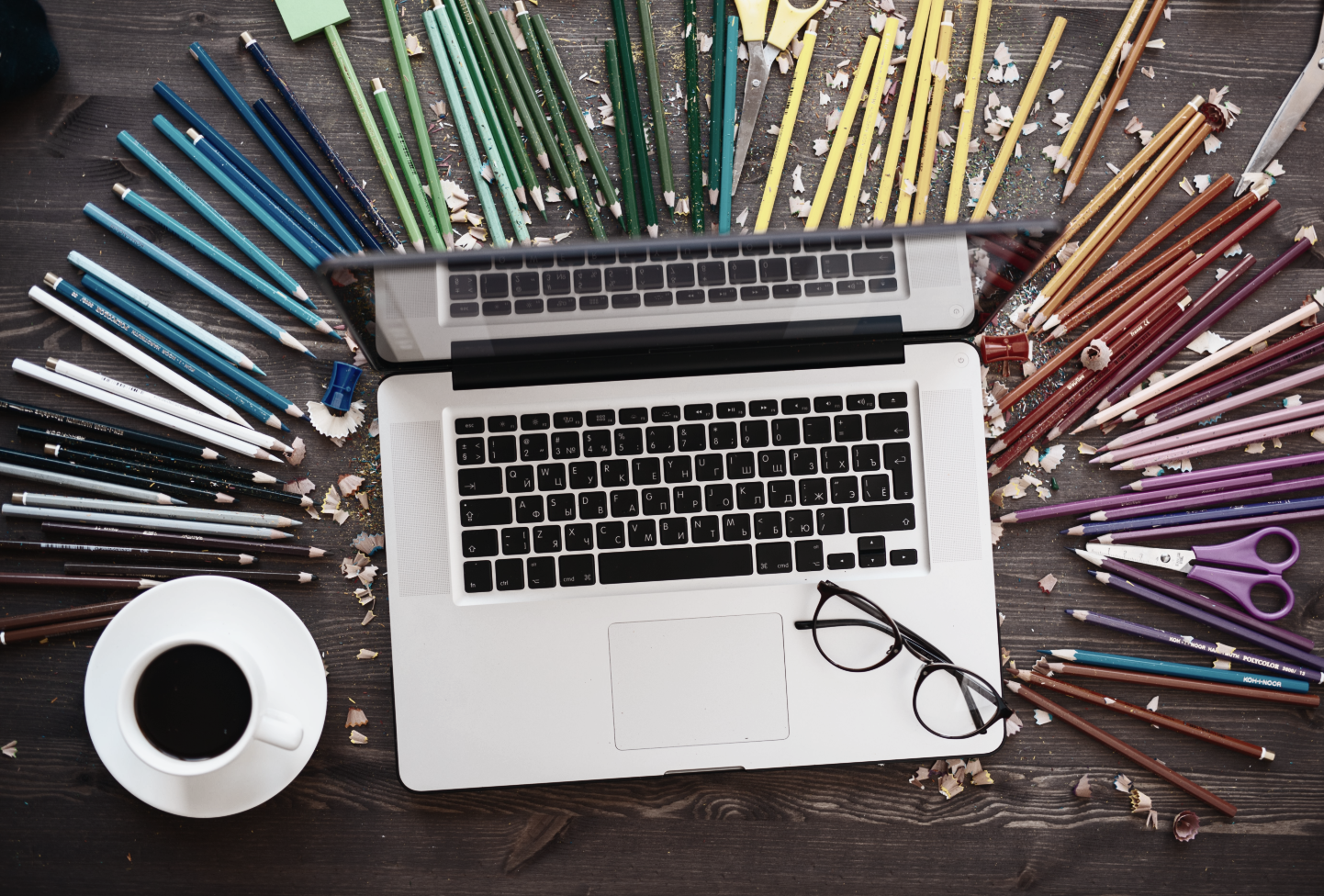Since the appearance of generative AI and ever-evolving tools that make design creation accessible to anyone, the role of visual designers has been heavily debated. Will the discipline prosper from these tools or become extinct? Even if AI automation is not overpromising, the value offered by visual designers persists.
Do you need to stand out or hide amongst competitors?
They say that if everyone is special, then nobody is, and if everything is important, then nothing is. If everyone can generate functional, high-fidelity screens with the use of simple tools, what this means is that greater standards will be expected by your users. Tools allow awesome things to become trivial so that we can aim higher. In a world where everyone can use prompts, specialized designers will become a competitive advantage. But not all of them, only those with the skills and methodologies to innovate, doing things differently while adding value. This effectively pushes the boundaries of design and, as a result, the boundaries of what we see in any digital interface. By harnessing their artistic sensibility, critical thinking, and of course, the same generative AI that will be within reach of everyone, true designers produce visually stunning creations that are, by definition, unlike what tools can already make.
Airbnb’s success can be attributed, in part, to its exceptional design. The platform’s UI and experience was crafted to make booking simple and enjoyable. Airbnb’s website and mobile app feature stunning visuals, intuitive search filters, and interactive maps, all of which contribute to a seamless and visually appealing experience for users.
Do you need screens or a visual strategy?
Visual designers are not mere creators of aesthetically pleasing designs – even nowadays, they might get offended if you ask them to make something “pretty”; they are strategic thinkers who understand the importance of design choices in achieving business goals. Designers analyze the target audience, conduct thorough competitor research, and meticulously craft designs that resonate with the intended users. This strategic approach ensures a purpose beyond visuals: impactful and purposeful experiences.
Do you need a flow or customer understanding?
At the heart of every successful design lies a deep understanding of human behavior and psychology. Designers excel in user-centric design, employing their knowledge of user experience principles to create intuitive, user-friendly designs. They go beyond automation’s technical capabilities by infusing designs with empathy and understanding, forging emotional connections between users and the products or services they interact with.
Amazon’s success as an e-commerce giant results from its focus on the customer experience. Amazon has prioritized convenience, ease of use, and customer satisfaction since day one. The company has implemented user-centered features such as one-click ordering, personalized recommendations, and customer reviews.
Your brand is an asset that’s hard to make and easy to break.
Visual designers play a pivotal role in building and maintaining a consistent brand image. Designers develop visual identities that effectively capture a brand’s essence. From logos to color palettes and typography, designers expertly craft brand elements that encapsulate a company’s personality. Automation tools generate designs but lack the contextual awareness required to build a strong and memorable brand identity.
Spotify has cultivated a brand personality that resonates with its target audience: youthful, energetic, and passionate about music. Spotify’s tone is reflected everywhere there is a user touchpoint, including not only all visual components inside the platform but also their marketing campaigns and user communications.
Tailoring solutions with adaptability and customization.
Design automation excels at repetitive tasks (or at least, we wish so!), but designers shine when it comes to adaptability and customization. They tailor designs to specific contexts, platforms, devices, and cultural sensitivities. Each project has unique requirements, and seamlessly integrating solutions with the intended environment goes beyond anything close to being automated.
Collaboration is not an option; it’s the only way.
Designers thrive in collaborative environments, effectively communicating with stakeholders, clients, and team members. They actively listen, interpret ideas, and translate them into visually compelling designs. By engaging in close collaboration, they ensure that their work aligns with the intended vision and incorporates valuable feedback, resulting in designs that surpass expectations.
Slack’s success resulted from a core team that shared a unified vision from the start. The team recognized the need for an efficient communication tool that could improve productivity in the workplace. The core team at Slack comprised individuals from diverse backgrounds, including software development, design, product management, and marketing. Bringing together such cross-functional collaboration enabled them to tackle the complexities of developing a truly innovative communication platform.
Technology is a tool, and it keeps getting better.
Fortunately, humans providing unique values does not imply canceling any of the enormous advantages of having generative AI at our disposal. Some of the things these resources enable designers to do include automating repetitive tasks (such as resizing images or creating variants for platforms), obtaining quality suggestions, automatically checking for accessibility guidelines (such as ensuring adequate contrast ratios for the visually impaired), and much faster prototyping.
My experience, as with generative AI in general, is that the tool is better used by the experts in the field: I know our CDO created a Python database with ChatGPT. I have GPT4, but I can’t do that for sure! I also have Midjourney, where I waste tens of credits only for “almost there” results. My wife, in contrast, who is a photographer, prompts with photographic terminology (e.g., “Rembrandt lighting”) and can get beautiful images on her first try for each concept.
So far, generative AI seems to be empowering everyone, but especially the subject matter experts.
While automation has an ever-growing place in the design process, visual designers remain indispensable in creating exceptional experiences. Great designers will rise to the challenge by leveraging their unique strengths. As the digital design landscape continues to evolve, the contributions of visual designers give them unwavering relevance in an automated world. So if you were worried about them, you might reconsider.







